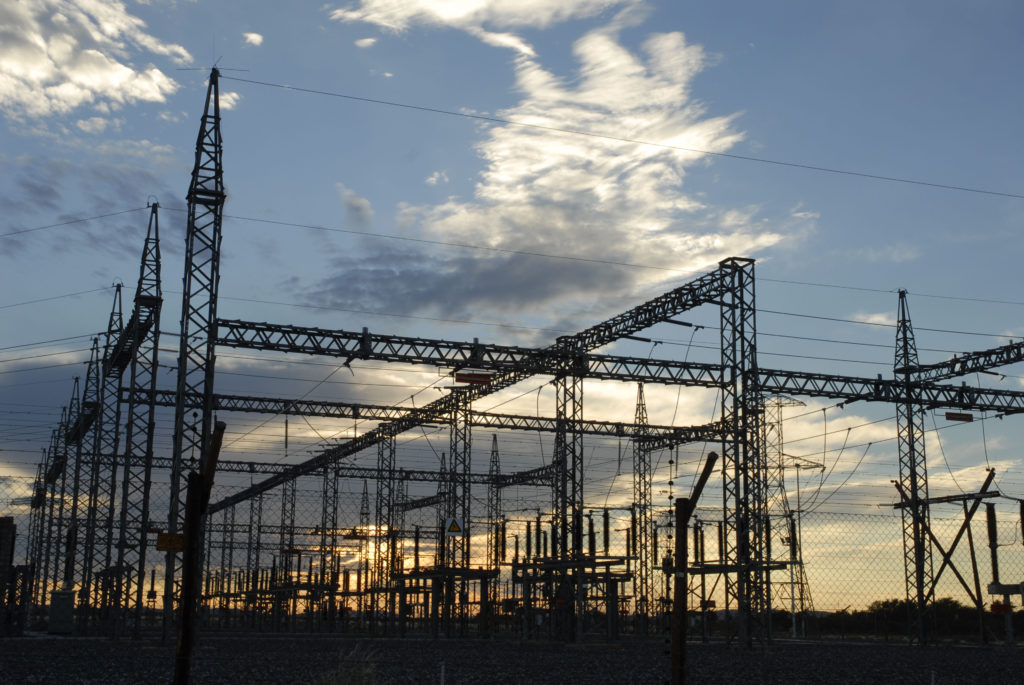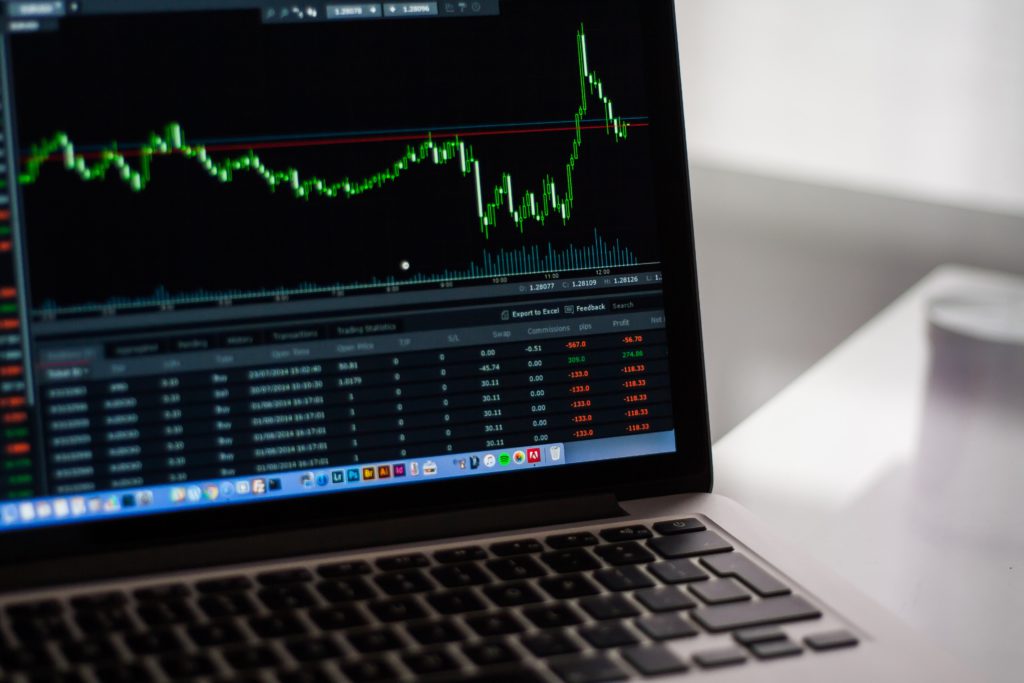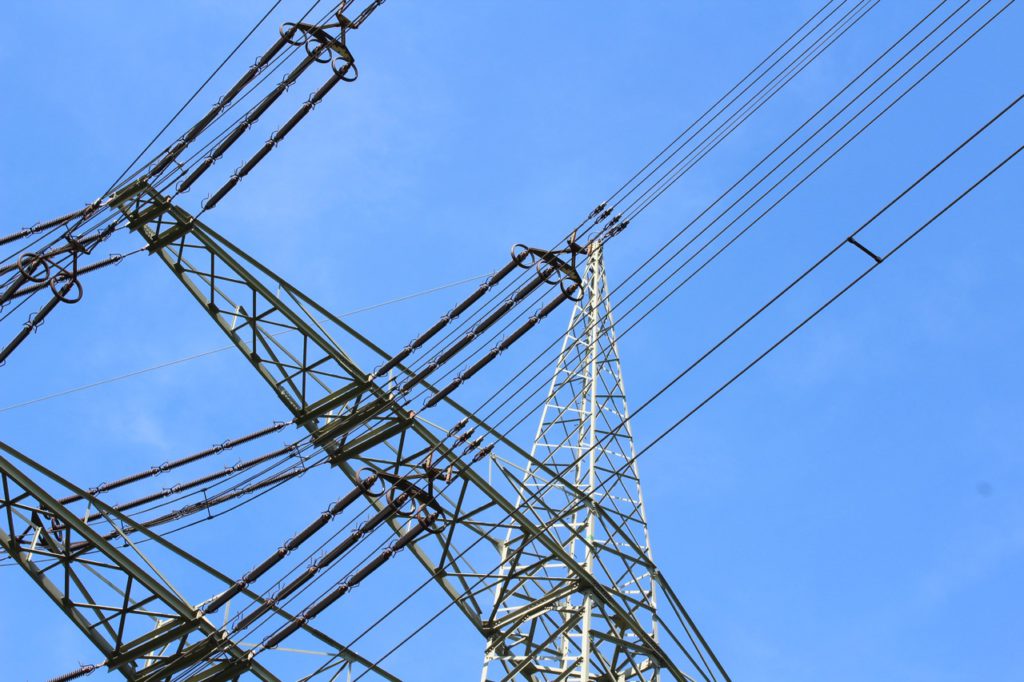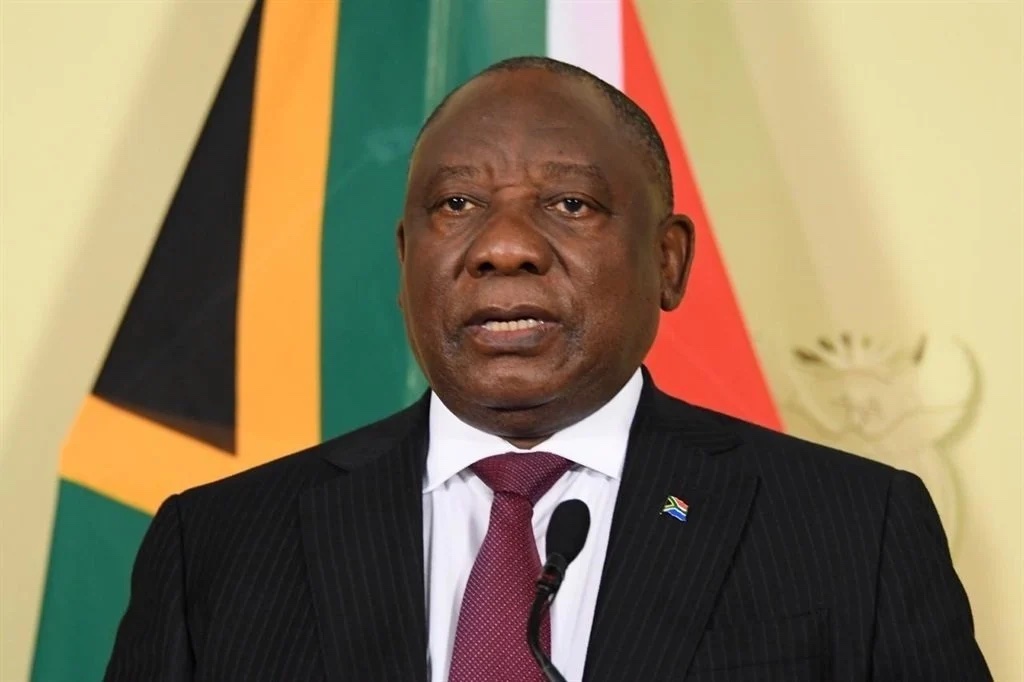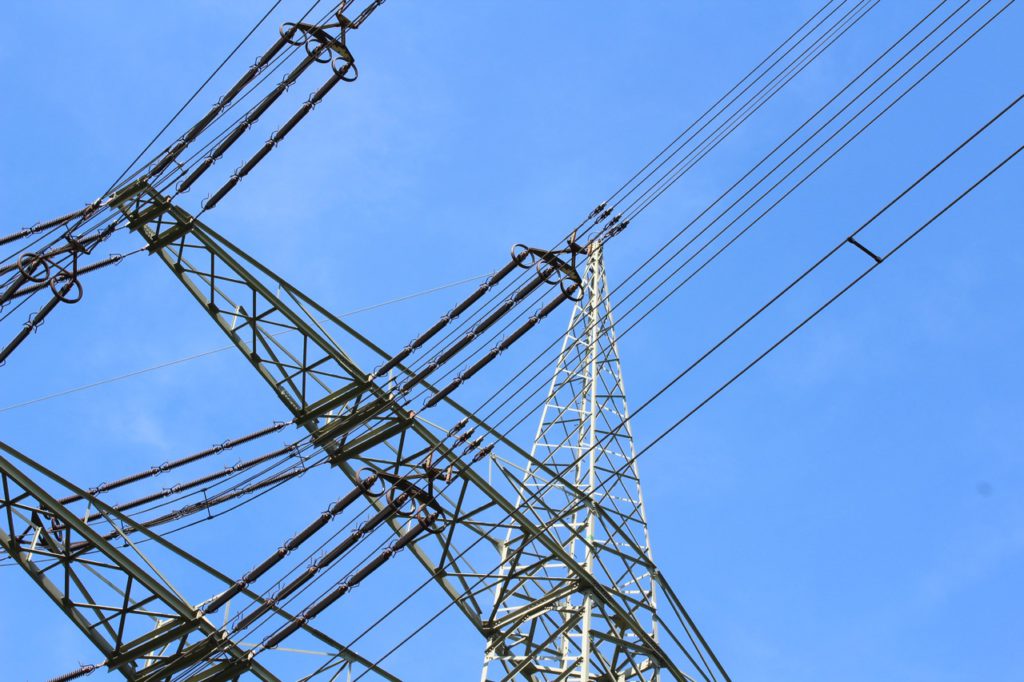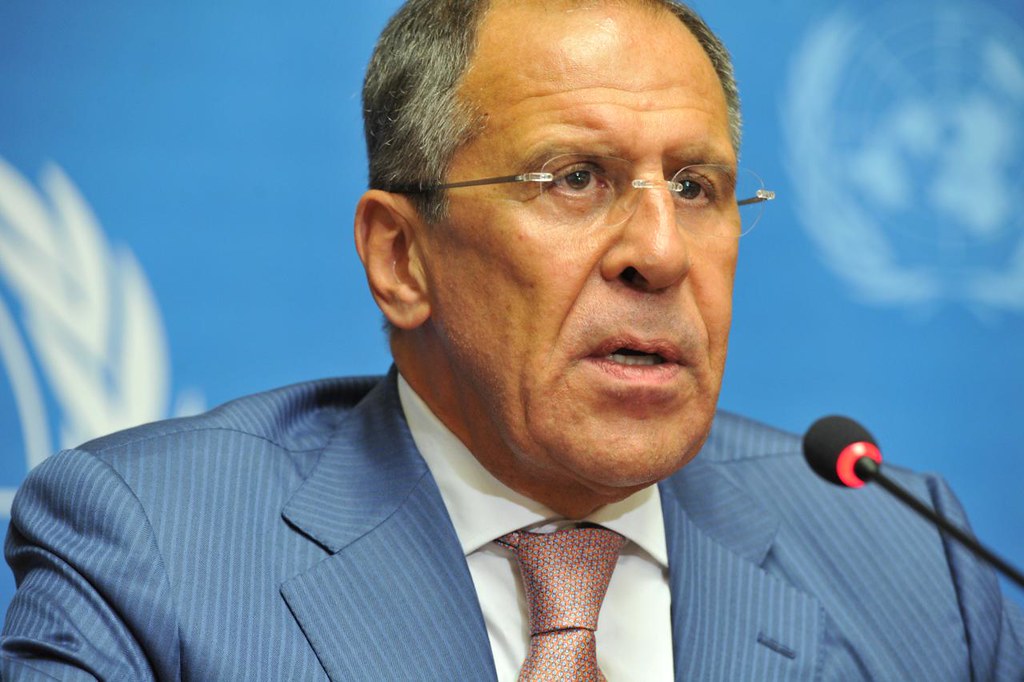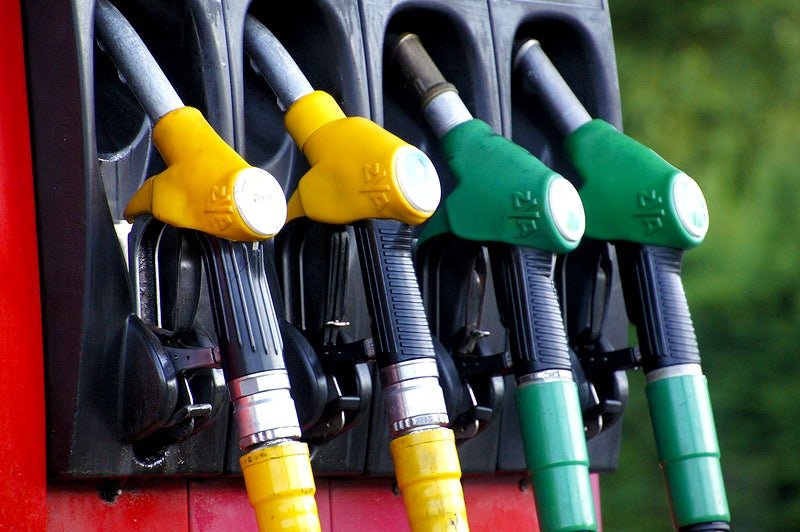South Africa is no stranger to load-shedding, a term used to describe electrical power cuts, which has been around since 2008.
But with Europe in full winter mode and following nearly a year of Russian onslaught in Ukraine, which drove up oil prices and forced the European Union to reconsider its relationship with Russian gas pipelines, there were early warnings that Europe could face power cuts as well.
So, what is load-shedding, how does it affect everyday life, and what can Europeans learn from South Africans who have just entered their fifteenth year of living with power cuts?
Below we’ve compiled a brief explainer.
When did it start?
The term ‘load-shedding’ first came about in 2007 when Eskom, South Africa’s state-owned electricity company announced it could not provide enough power for the whole country all at once.
By 2008, Eskom had implemented load-shedding schedules, which determine where, when and for how long the electricity supply will be cut depending on what stage of load shedding is implemented.
Stage 1 is the least severe while Eskom has planned all the way to Stage 8, which would be the most severe and entails as much as 12 hours of load shedding in a 24-hour cycle.
So far, Eskom has never had to go past Stage 6 power cuts. Read more here.
What is load-shedding?
What are the economic effects?
The energy crisis has become so dire that it has impacted South Africa’s limited economic growth severely.
By 2021, economic growth had been reduced by 3% and costing the country around 350,000 potential new jobs in that year alone. Read more here.
Last year, insurance company Sanlam said power surges caused so much damage to household appliances that it received more insurance claims from clients to replace appliances than it did for home burglaries.
In 2022, business analysis firm Intellidex estimated that it would cost South Africa as much as $28 billion to solve its energy crisis in the next three years, which amounts to around R500 billion.
Meanwhile, Eskom has racked up a debt of nearly R400 billion and is struggling to pay down its debt burden while desperately in need of money for infrastructure upgrades, green transition, and maintenance work.
In January 2023, the South African regulator in charge of determining how much Eskom is allowed to hike its electricity tariffs, granted the power company permission to increase its electricity prices by over 18% in 2023/24 and over 12% in 2024/25.
The increase in prices will add to the already struggling South African economy while some consumers may have to choose between paying rent, buying food or paying for electricity some analysts have warned.
How to live with load shedding?
Most South Africans have already come to grips with load-shedding and it has become a part of everyday life in the country.
Households plan meal times around load-shedding schedules and make sure to cook while there is power. Many have bought generators to power some lights and small appliances when the power goes out while invertors have become popular household buys to keep the Wifi router running during load-shedding.
Businesses that can afford generators and invertors have invested in them so that they can carry on operating during load-shedding while those that cannot, simply close during load-shedding or try to operate with no power.
Smaller businesses have been hit increasingly hard and many are forced to close for good because of load-shedding. While the latest electricity tariff hike will further stifle businesses and unemployment.

